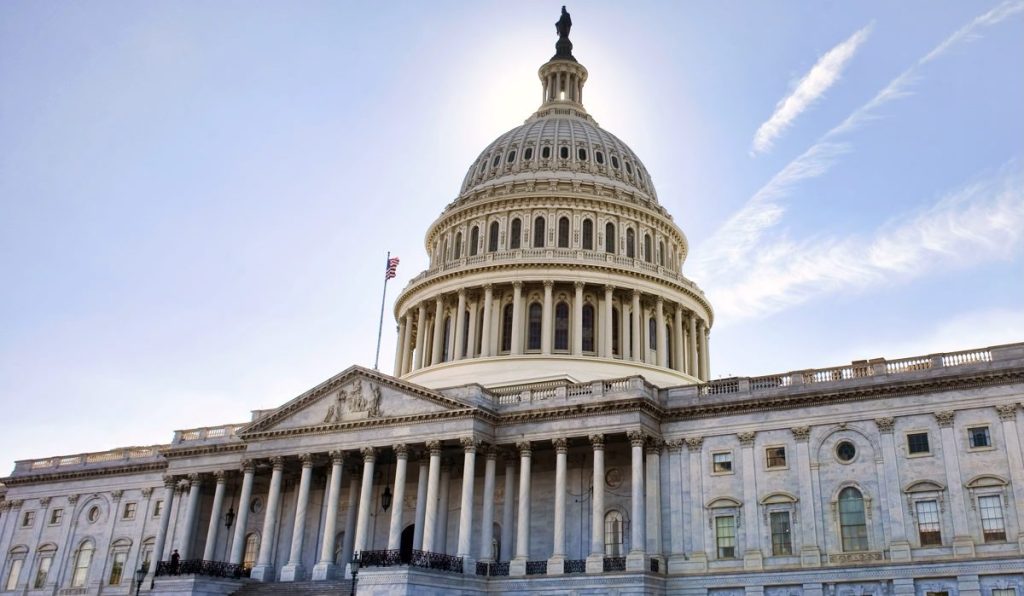If you’re unemployed in the midst of a pandemic, this isn’t going to solve your short-term need for money to pay for groceries or clothes for your kids, but it’s something: Whatever plan Congress comes up with to extend or replace the extra $600 a week in beefed-up jobless benefits is likely to be retroactive.
In other words, you won’t be getting the extra money this week, following the July 31 expiration of the enhanced payments enacted by the CARES Act, but you probably will get it eventually.
“I would expect that it will be retroactive and the state unemployment insurance agencies will have to pay people for the missed weeks,” Stephen Wandner, a senior fellow at the National Academy of Social Insurance, told CNBC. “There have been retroactive provisions before.”
State unemployment benefits typically replace about half a person’s former salary – that’s what workers get for the thousands of dollars they contribute toward the jobless insurance out of every paycheck they receive.
The extra $600 a week in the CARES Act was aimed at fully replacing salaries as COVID-19 caused unemployment to reach the highest level since the Great Depression. The House of Representatives passed the HEROES Act in May that extends the benefit through January.
The HEALS Act proposed by Senate Republicans last week that pared the extra payment down to $200 a week was widely viewed as an opening bid, not the final bill. Senate Leader Mitch McConnell admitted he didn’t have enough support from his own party to pass the bill because many Republicans don’t want to spend any more money.
“We expect that Congress will enact a partial extension through year-end that will be retroactive to the start of August,” Goldman Sachs economists said in a report last week. “We have been expecting an extension at $300 a week, and something like this still looks likely.”
While some Republicans have suggested using a formula like a 70% salary replacement, the people who run the state systems have pushed back, saying it could take as long as five months to implement a complicated scenario like that.
Whatever the final number ends up being, it may take weeks for states to get up and running after Congress passes its fourth COVID-19 relief bill. Some states still use unemployment-benefits systems with old programming languages such as Fortran and Cobol that date to the 1960s.






